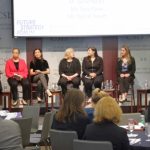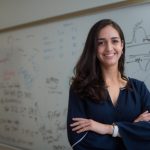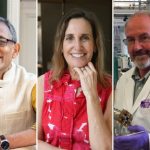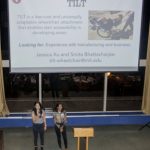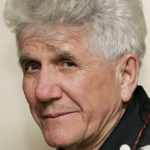3 Questions: Kyle Filipe on moving MIT...
With the onset of Covid-19 pandemic, MIT Information Systems and Technology (IS&T) rapidly launched new services and enhanced others to meet the expanding needs of a community moving fully into online teaching, learning, and working. Three months ago, Zoom was known in some parts of the Institute as a helpful video conferencing tool, but was completely unknown in others. Since remote classes started on March 30, Zoom usage is up nearly 10,000 percent across the Institute, with an average...







